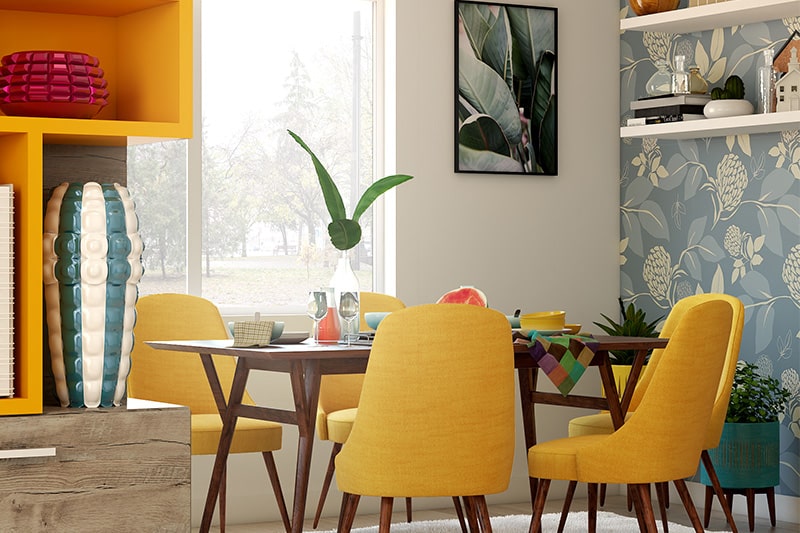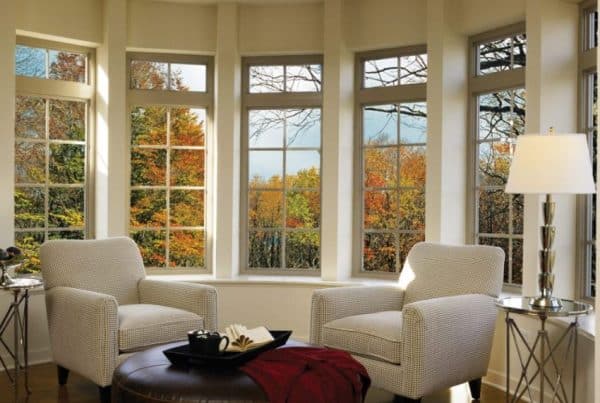The dining room is an important space in the home where we share meals, entertain guests, and make memories with family and friends. As such, it should be designed with both functionality and aesthetics in mind. Here are some practical dining room ideas that can help you create a space that is both beautiful and functional.
Consider the size and shape of your dining room
The first step in creating a practical dining room is to consider the size and shape of the space. If you have a small dining room, consider using a round or oval table to maximize seating while minimizing the amount of space the table takes up. If you have a larger dining room, a rectangular or square table may be a better option. It’s also important to consider the placement of windows and doors when choosing the size and shape of your table, as well as the flow of traffic in the room.
Choose the right lighting
Lighting is a crucial element in any dining room, as it sets the mood and creates ambiance. Choose lighting that is both functional and aesthetically pleasing. Consider installing a chandelier or pendant light above the table for a dramatic effect, or use wall sconces to create a warm and cozy atmosphere. Dimmer switches are also a great option, as they allow you to adjust the lighting according to the occasion.
Create a focal point
Every dining room should have a focal point that draws the eye and adds interest to the space. This could be a piece of artwork, a bold rug, or a statement light fixture. Consider adding a large mirror to create the illusion of more space and reflect light.
Choose the right furniture
Choosing the right furniture is key to creating a practical dining room. Invest in a table and chairs that are both comfortable and durable, as they will see a lot of use over the years. Consider upholstered chairs for added comfort, and choose a table that is the right size for your space and needs.
Add storage
A practical dining room should also have plenty of storage. Consider adding a buffet or sideboard to store dishes, linens, and other dining essentials. Built-in shelving or cabinets are also a great option, as they can be customized to fit your specific needs.
Use rugs and curtains to add texture and color
Rugs and curtains are an easy and affordable way to add texture and color to your dining room. Consider using a bold rug to anchor the space and add interest, or use curtains to add privacy and soften the look of the room. Just be sure to choose fabrics that are durable and easy to clean.
Incorporate natural elements
Incorporating natural elements into your dining room can create a warm and inviting atmosphere. Consider using a live edge table or adding plants to the space. You can also incorporate natural materials such as wood, stone, or woven textures to add warmth and texture to the room.
Consider the acoustics
Finally, consider the acoustics of your dining room. Hard surfaces such as wood floors and tile can create an echo, making it difficult to hear conversations. Consider adding a rug or curtains to absorb sound and create a more comfortable environment for dining and conversation. Here are some good dining room flooring options.
In conclusion, creating a practical dining room involves careful consideration of the size and shape of the space, the lighting, furniture, storage, and decorative elements. By following these practical dining room ideas, you can create a space that is both functional and aesthetically pleasing, making it the perfect place to enjoy meals and create memories with family and friends.








